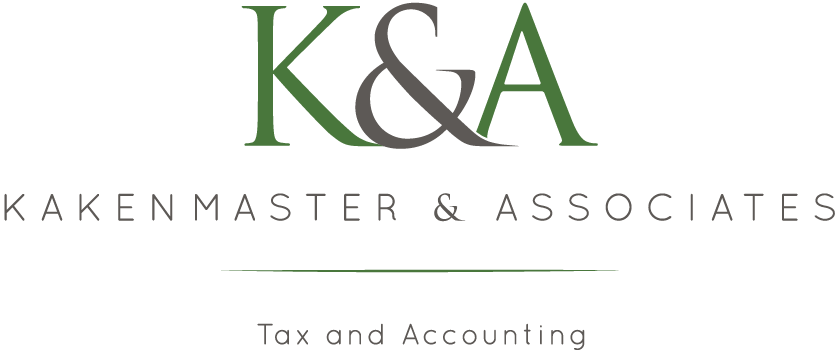The 2017 Tax Cuts and Jobs Act (TCJA) decreased taxpayers’ ability to itemize many deductions, including making charitable contributions. This change has had a significant effect on charitable organizations, with the Urban-Brookings Tax Policy Center estimating that the cumulative loss to charitable organizations was $240 billion from 2017-2021.
During tax years 2020 and 2021, non-itemizing taxpayers were allowed to deduct up to $600 for those married, filing jointly, and $300 for single filers. However, in 2022, taxpayers could only deduct charitable contributions if they itemized and filed a Schedule A (Form 1040).
There are various strategies to consider, and Kakenmaster & Associates can advise you as to what strategy or combination of strategies might work best for your unique tax picture.
Strategy #1: Combine Several Years of Charitable Contributions into One Year
To make the most of potential tax deductions, concentrating deductions in a single year and then skipping one or even several years may work well for you. This strategy is favorable when your total itemized deductions for a single year fall below the standard deduction. Combining your charitable contributions for several years may allow the total of itemized deductions to exceed the standard deduction, making it possible to obtain a tax deduction for at least part of the charitable contributions. This may also be beneficial for those having a higher income year or those preparing for retirement to maximize tax benefits when it is needed.
Strategy #2: Donor-Advised Funds (DAFs)
According to the IRS, generally, a donor advised fund is a separately identified fund or account that is maintained and operated by a section 501(c)(3) organization, which is called a sponsoring organization. Each account is composed of contributions made by individual donors. Once the donor makes the contribution, the organization has legal control over it. However, the donor, or the donor's representative, retains advisory privileges with respect to the distribution of funds and the investment of assets in the account.
Similar to Strategy #1, several years of charitable donations can be combined into one larger contribution in order to itemize on Schedule A (Form 1040) for that particular year. A DAF allows the taxpayer to make contributions from the DAF to a qualified charitable organization whenever they like, as opposed to making the contribution in the year the donation was used as a tax deduction. DAFs are set up through brokerage houses, but Kakenmaster & Associates can discuss if this strategy is best for you.
Strategy #3: Donate Using a Qualified Charitable Distribution (QCD) from an IRA if 70½
If you are at least age 70½, you can withdraw up to $100,000 per individual (married, filing jointly can withdraw up to $200,000) from your IRA, tax free, if you make a qualified charitable distribution (QCD) directly to a qualified charitable organization. Please note that QCD only applies to IRAs and not 401(k)s. Keep in mind that you can rollover your 401(k) to an IRA to take advantage of a QCD. A qualified charitable distribution also counts against your required minimum distribution for the year and helps you meet your charitable goals.
Limitations to Consider: Only Donations to a Qualified 501(c)(3) Qualify
Keep in mind that in order for your donation to be deductible for tax purposes, the organization must be a qualified 501(c)(3) charity. Donations made to crowdfunding platforms are not deductible, such as a campaign to raise money for an individual through a GoFundMe campaign. Check out the fund before donating if you plan to claim it as a deduction.

